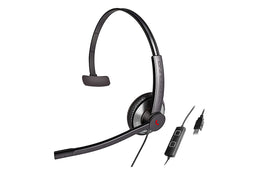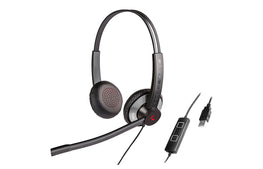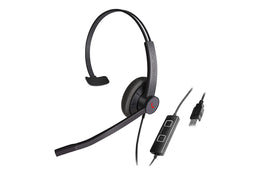
New technology could bring boosts for voice recognition
Researchers at Duke University have developed an advanced sensor that can improve the pick-up of individual voices in a busy room – a breakthrough for voice recognition technology.
The device is works through the use of meta materials described as "the combination of natural materials in repeating patterns to achieve unnatural properties" and does not consist of any electric or moving parts.
The outer edge is perforated and the inner section is split into dozens of segments. When a sound wave passes over a particular segment, it will produce a unique distortion that is picked up by a microphone underneath. A computer is then able to separate voices and sounds based on the produced distortion.
When the sensor was tested with three different waves, it was able to pick up and separate the sounds with 96.7 per cent accuracy.
The device suffers from its size, being a full six inches in diameter. When you consider other sensors currently in use, this is rather large and it may take some time to miniaturise it.
"One obvious challenge is to make the system physically small. It is challenging, but not impossible, and we are working toward that goal," said Abel Xie, lead author of the research paper.
Need a solution right now?
While the development may be a fair way from the shelves, there are still reliable solutions that can help your business, law firm or clinic in the meantime.
For example, The Olympus ME30W Conference Kit can record voices in larger rooms in high quality. The kit come with two microphones, which can be placed five metres apart for maximum coverage of a space and have a range of 20Hz – 20,000Hz. For convenience and portability, the kit allow includes two stands, all the required cables and a handy carry case to let you record in any location.






